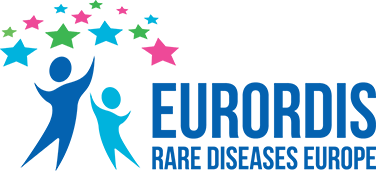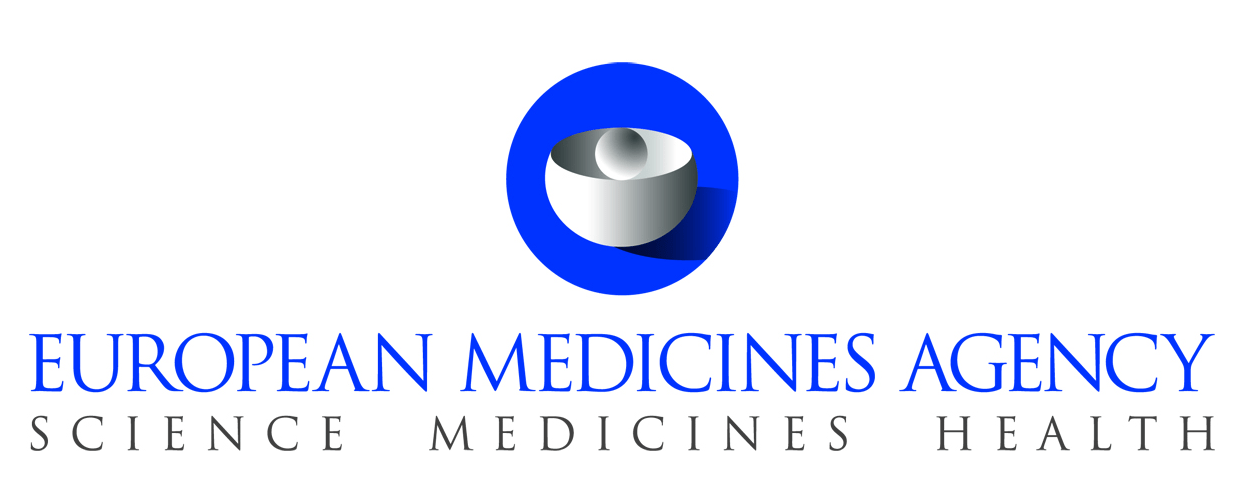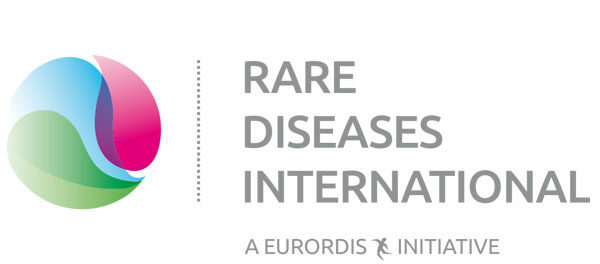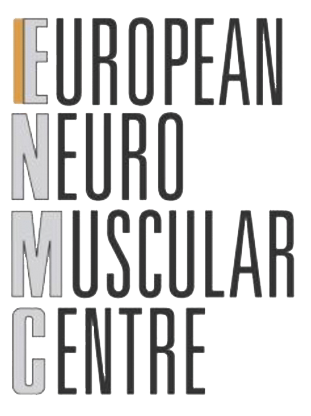#apaperaday: Improving Interpretation of Evidence Relating to Quality of Life in Health Technology Assessments of Rare Disease Treatments
In today’s #apaperaday, Prof. Aartsma-Rus reads and comments on the paper titled: Improving Interpretation of Evidence Relating to Quality of Life in Health Technology Assessments of Rare Disease Treatments
Today’s pick is from the journal ‘the patient’ by Nicod at al on how to improve interpretation of evidence relating to quality of life in health technology assessment for rare disease patients. Doi 10.1007/s40271-022-00598-4
There are more than 200 treatment approved for rare diseases. However, where approval occurs centrally by the European Medicines Agency in Europe, marketing and reimbursement is done country by country.
Health technology assessment evaluates whether a treatment is ‘worth’ the cost compared to the benefit it brings patients. Often this is based on quality of life (QOL) and patient reported outcome measure (PROM) scales.
However, these scales are generic and will miss the nuances of patients with a rare disease with regards to the disease burden and what pertains benefit. Furthermore, many rare disease drugs are for childhood diseases and the generic methods often do not apply
The EU funded IMPACT-HTA project aimed to study PROMs and QOL for rare diseases. The paper makes 5 recommendations.
- The impact of the condition needs to be taken into account and considered – this can only be done when patients provide information e.g. via PROMs. For rare diseases there are currently treatments that may have a major impact on disease course, e.g. some gene therapies, while there are also treatments that have a modest effect – for diseases without any treatment, a modest effect can still be very meaningful to patients.When HTA evaluates evidence of treatment effects, they should take into account what matters to the patients – again this can be done via PROMs and again this requires input from patients. What matters may vary for different patients or different disease stages.
- The generic QoL assessment tools like EQ-5D will miss the nuances and sensitivity to assess the minor changes that can have a major impact on rare disease patients. Ideally, patient specific PROMs are developed – however, when this is poorly done it can be counterproductive.
- HTA should take into account that lack of a significant effect does not mean there is no benefit perceived by patients. Also HTA evaluation should be more aligned between EU countries as now for certain rare disease drugs the same data lead to diverging appraisals. Authors stress that PROMs are often based on symptoms, rather than QoL.
- Other forms of evidence should be acceptable, e.g. patient testimonies. Authors stress that patients have to be educated in how to make these testimonies informative for HTA evaluation.
- It is important to take the QoL impact of carers into account. Also here guidance is important and the involvement of carers is crucial to identify what is important for them. Authors discuss that involving patients/carers education to allow optimal involvement are crucial
Shoutout to the EURORDIS Open Academy which is an excellent way for patients and carers to be trained in the relevant aspects, so they can be involved in not only HTA evaluation but all parts of translational development.







